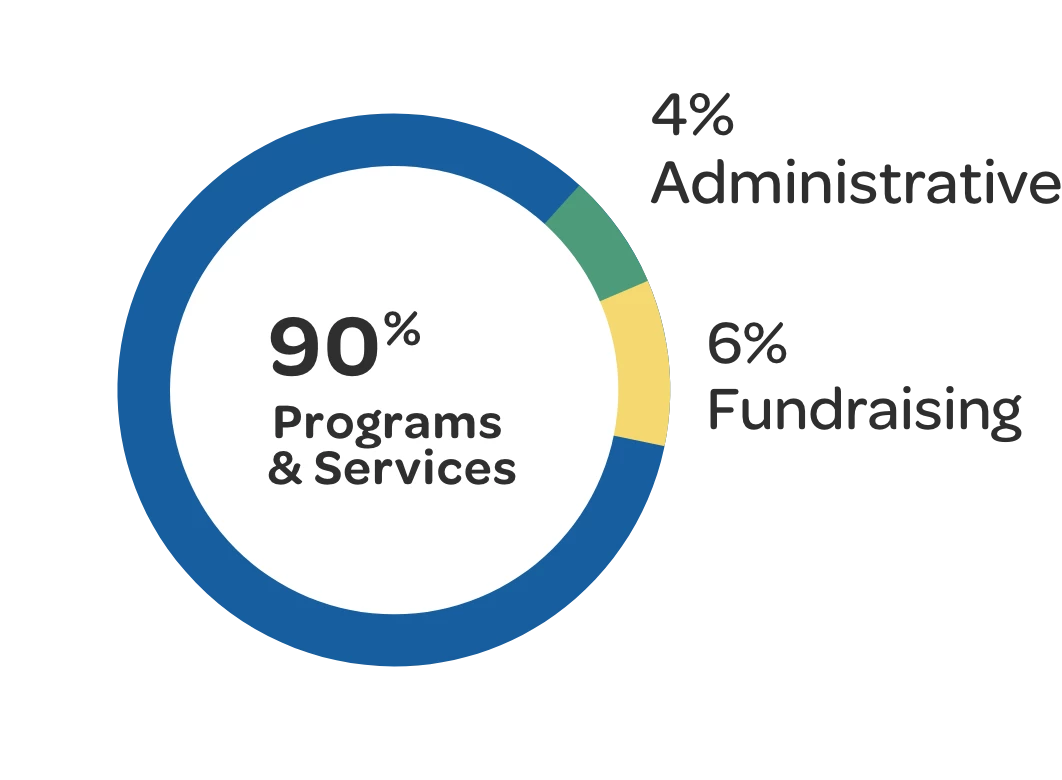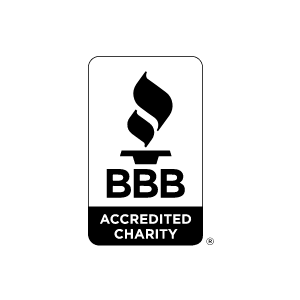It’s easy to overlook the power of a hole in the ground. But in places where clean water is scarce, a single well can change almost everything—health, education, safety, even the survival of entire communities.
The United Nations reports that people without access to clean water spend 200 million hours collecting it.
Water collection takes time away from education or even prevents children from attending school at all. Not having access to clean, safe water can be deadly for children. More than 300,000 children under 5 die annually from diseases due to poor sanitation or unsafe drinking water.
Zakat Foundation of America has constructed more than 4,100 water wells—providing drinkable water to over 1.4 million people in 23 countries. These wells—ranging from basic hand pumps to water wells—aren’t just improving lives. These wells are fundamentally reshaping what’s possible in the rural communities they reach.
While global attention often centers on disaster zones and high-profile emergencies, water access remains one of the most quietly transformative tools in development. And these wells are proving why.
1 in 4
The global water crisis remains one of the most persistent threats to health and development. According to the World Health Organization, one in four people worldwide lacks access to safely managed drinking water. In rural areas, that number is even higher.
In many villages, water is fetched from rivers, ponds, or open wells—sources often teeming with bacteria and contaminants. In such environments, illnesses like cholera, typhoid, and intestinal parasites are common, and children are the most vulnerable. Diarrhea caused by unsafe water remains a leading cause of death among children under five.
The installation of a clean, reliable well can dramatically alter this equation. Within weeks of installation, communities often report steep declines in illness. Children miss fewer days of school. Health clinics see fewer cases of preventable diseases. Perhaps the most dramatic secondary benefit of well installation is seen in school attendance—particularly among girls.
Impact on Girls
In many areas, collecting water is a task assigned to girls, who may spend three to six hours per day walking to and from distant water sources. This time-consuming, physically exhausting chore means many girls either drop out of school or never attend at all.
When a well is installed within walking distance of home—or better yet, at a school—this pattern changes almost immediately. A 2022 well installation in northern Kenya, for example, led to a 38% increase in school attendance for girls over the following academic year. In parts of Ghana and Ethiopia, community leaders have reported that girls are returning to classrooms “for the first time in years.”
Clean water also plays a critical role in economic development. In arid regions, the ability to grow crops or raise livestock hinges on water access. Many farmers rely on rain-fed agriculture, which is both unpredictable and vulnerable to climate shifts.
With a reliable well, families can grow food year-round, irrigate small fields, and raise healthier livestock. In parts of Burkina Faso and Mali, women are using water from newly installed wells to start vegetable gardens and produce goods like textiles and prepared foods for local sale.
These changes may seem small from the outside, but at a village level, they’re transformative—bringing new income streams to families and increasing local food security.
In some cases, wells serve as anchors for broader development. In Ghana, a recent project included a solar-powered water system as part of a new community hub, which also housed classrooms, a multipurpose hall, and a prayer space. The water system not only supports the building itself but provides clean drinking water to over 4,500 nearby residents.
Elsewhere, wells have been paired with water filtration systems, like one reverse-osmosis setup installed in Gaza—where the vast majority of local water is unfit for consumption due to contamination and war. That system now provides clean, drinkable water to hundreds of families who previously relied on expensive or unreliable alternatives.
The presence of a well often signals something more than functionality. It brings dignity—a sense that a community is seen, valued, and supported.
Unlike some aid projects, which offer short-term relief, well installations are designed with sustainability in mind. Many are built using durable materials, and local residents are trained to maintain and repair them. In some areas, small community funds are established to cover upkeep, ensuring longevity without dependence on outside aid.
Donors contribute to wells not for a one-time good deed, but with the intention that they’ll benefit future generations for years to come. Learn more at www.zakat.org
Kids Helping Kids
A few years ago, an incredible group of kids in Delaware decided they wanted to make a difference. Alongside the Zakat Foundation of America, these passionate, school-aged volunteers launched the Delaware Youth Well Project Team. Through dedication, creativity, and heart, they raised enough money to build an astounding 101 wells in communities desperately in need of clean water around the globe.
A single well can last 10 to 20 years, serving tens of thousands of people over its lifetime. The return on investment—measured in lives changed, diseases prevented, hours of labor saved, and opportunities unlocked—is immense.
In a year filled with high-profile disasters and geopolitical crises, clean water rarely makes headlines. But beneath the surface, a quiet revolution is underway—driven by infrastructure that is as humble as it is powerful.
Across the rural hills of Nepal, the dry plains of Kenya, and the crowded camps of Gaza, communities are being changed not by massive development schemes or billion-dollar pipelines, but by simple, solar-powered wells—built with purpose, maintained with care, and used with gratitude.
It’s easy to underestimate what a well can do. Until you no longer have to walk miles to find water. Until your child stops getting sick. Then, it becomes clear: there’s nothing simple about it at all.







